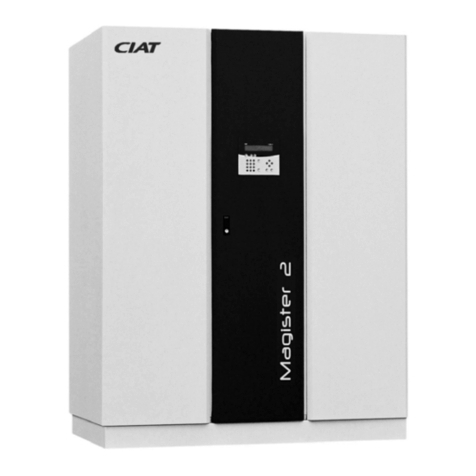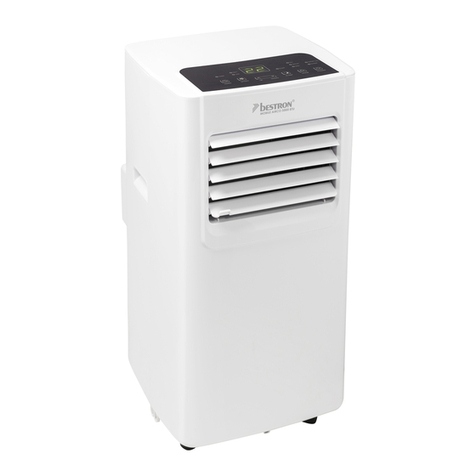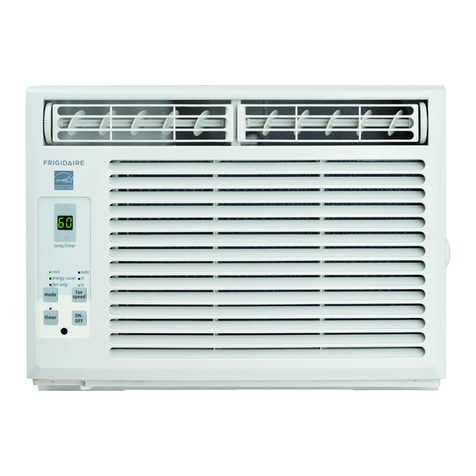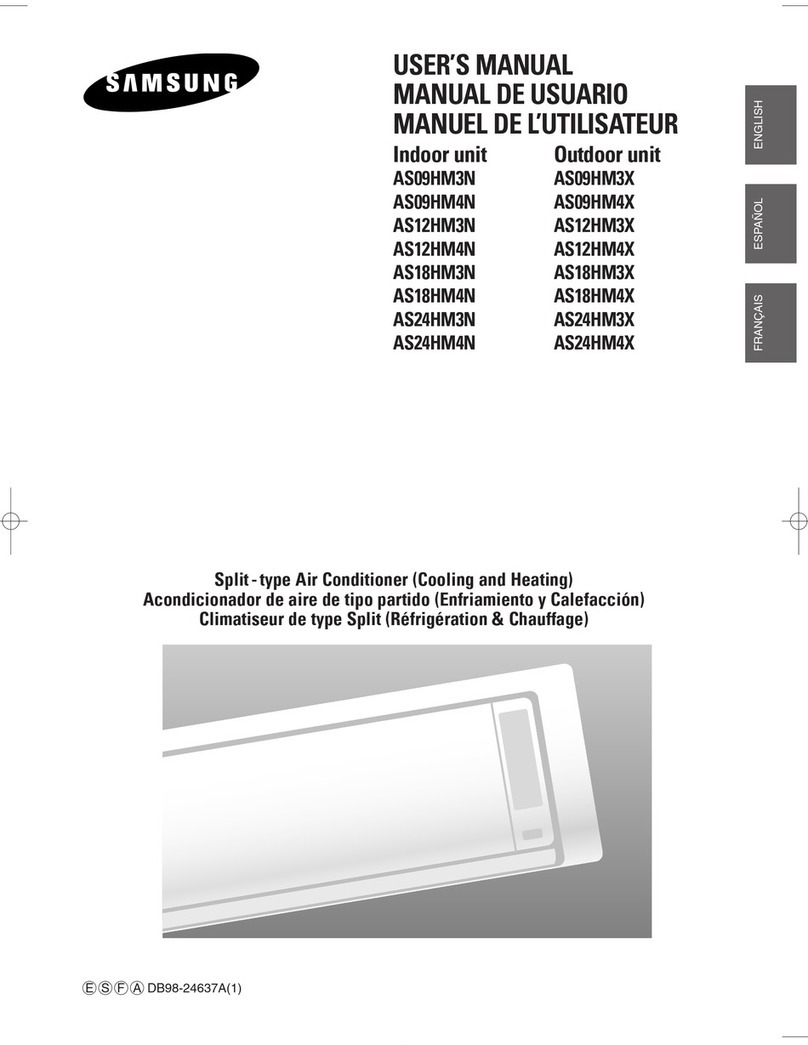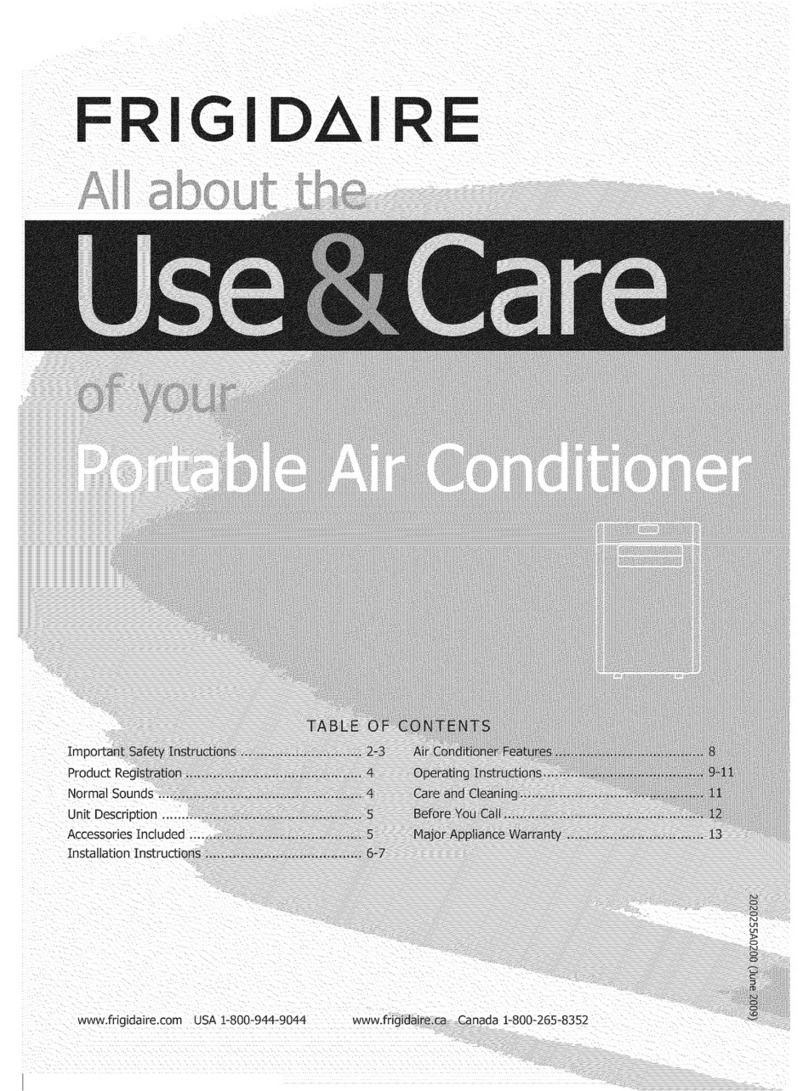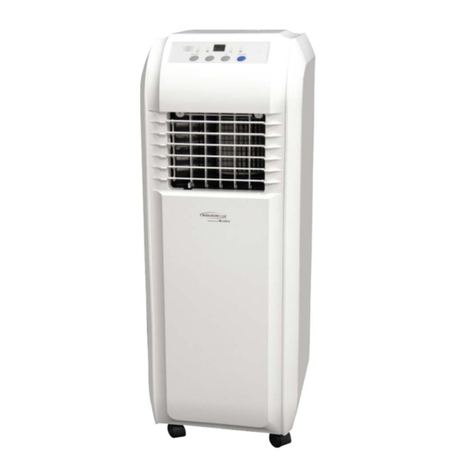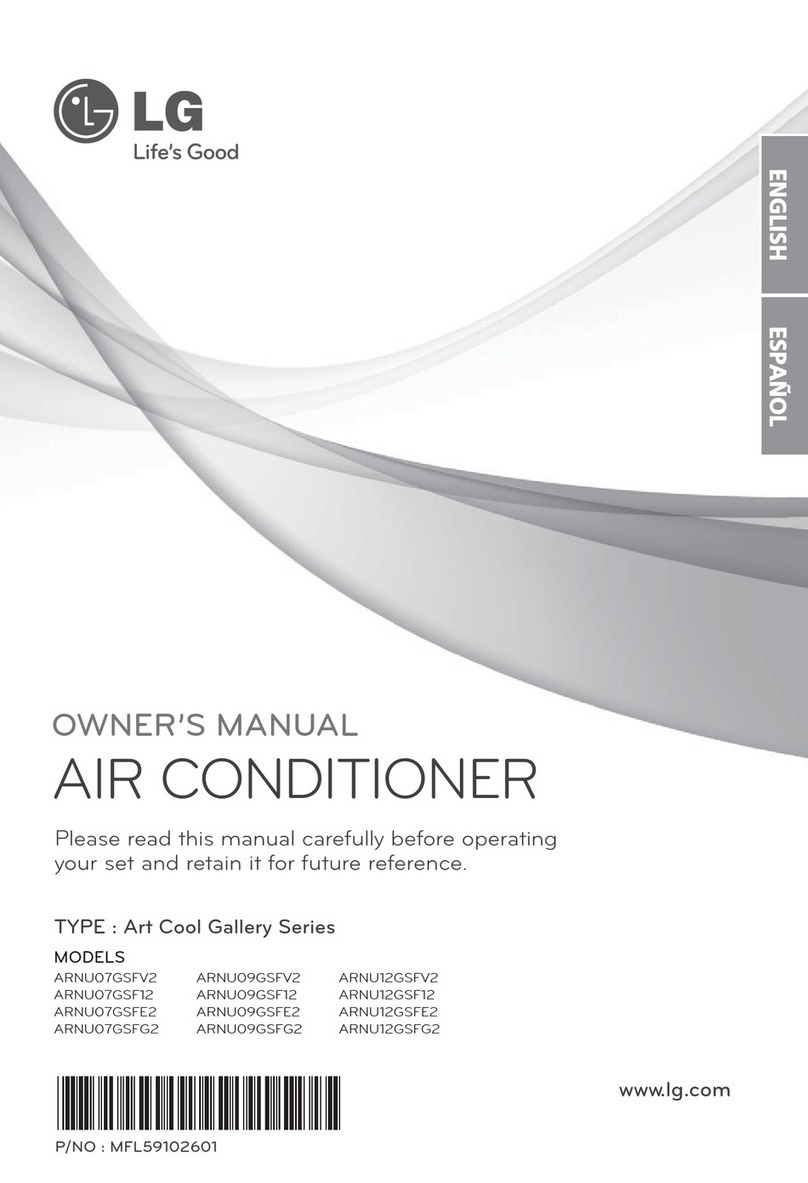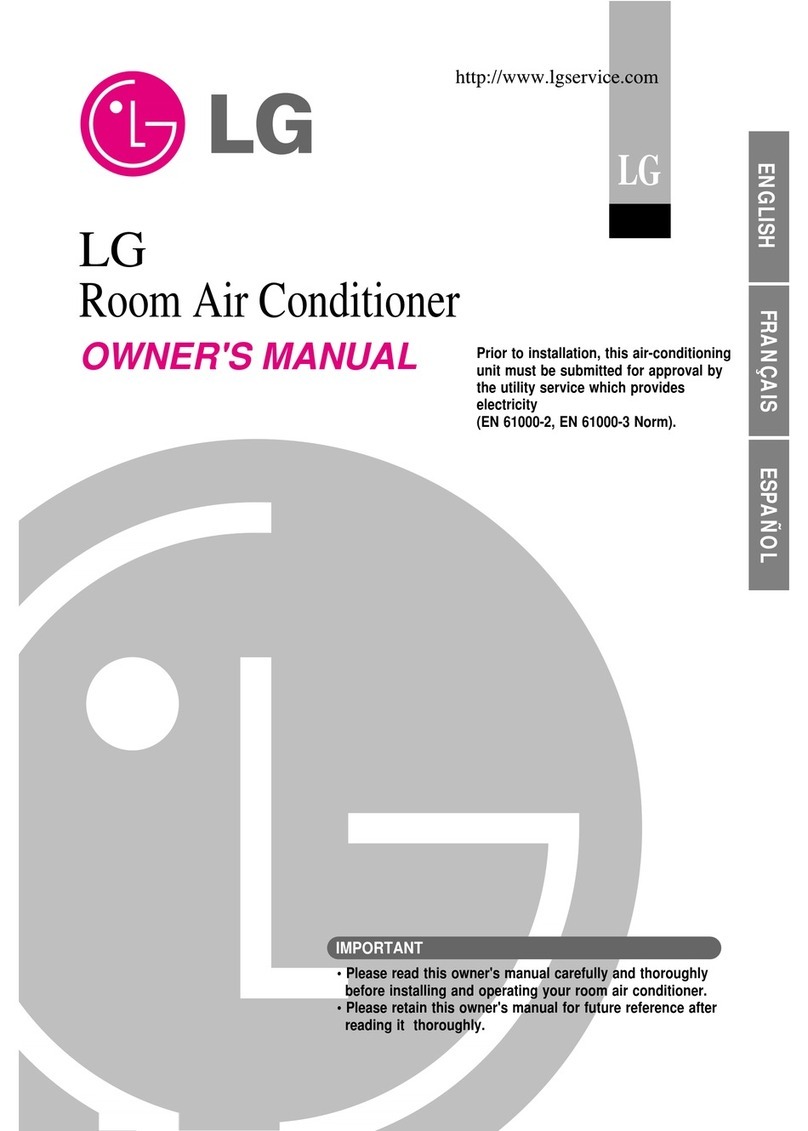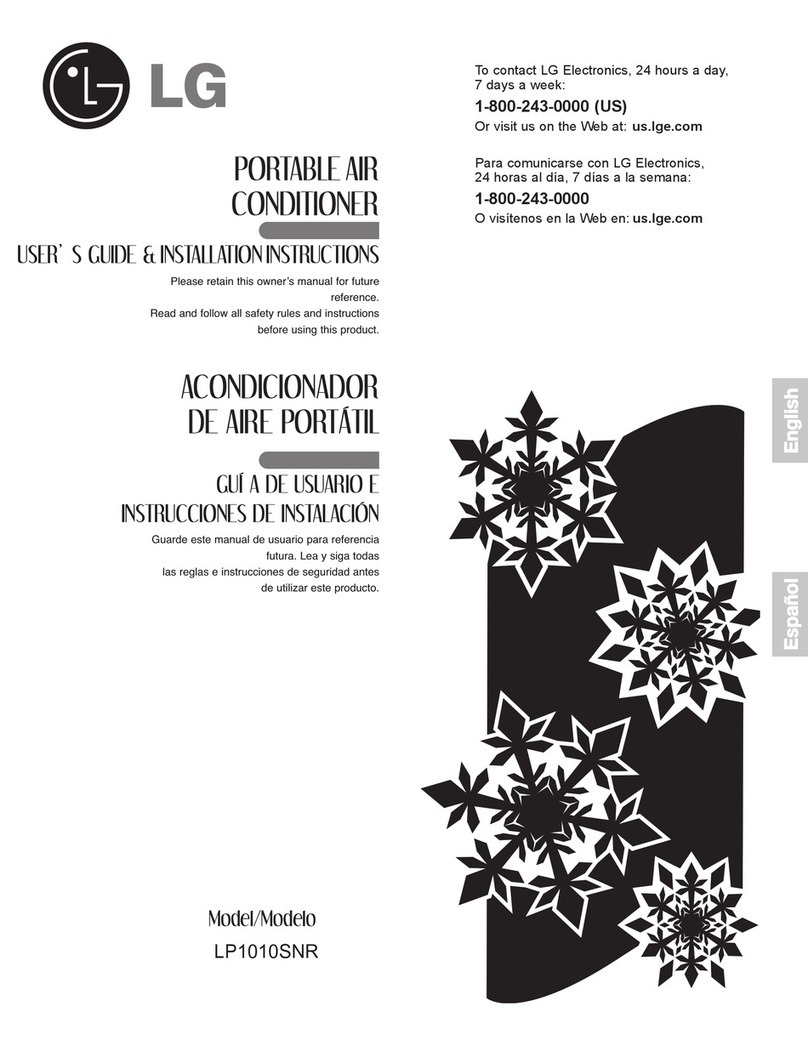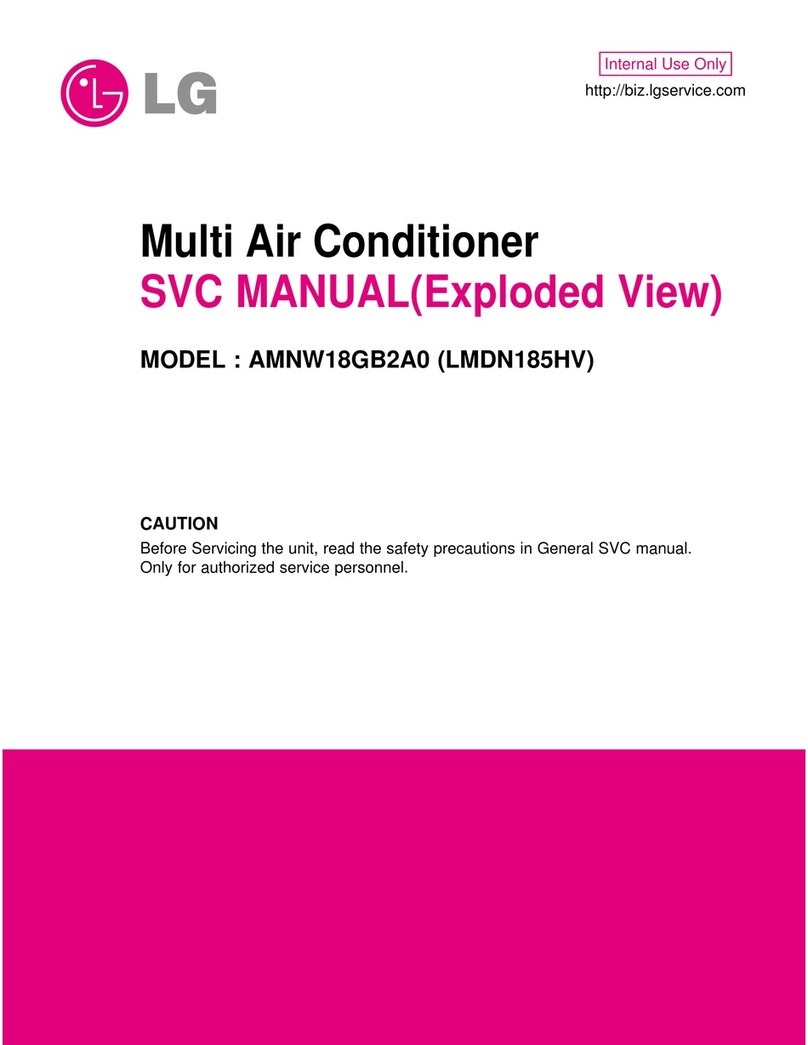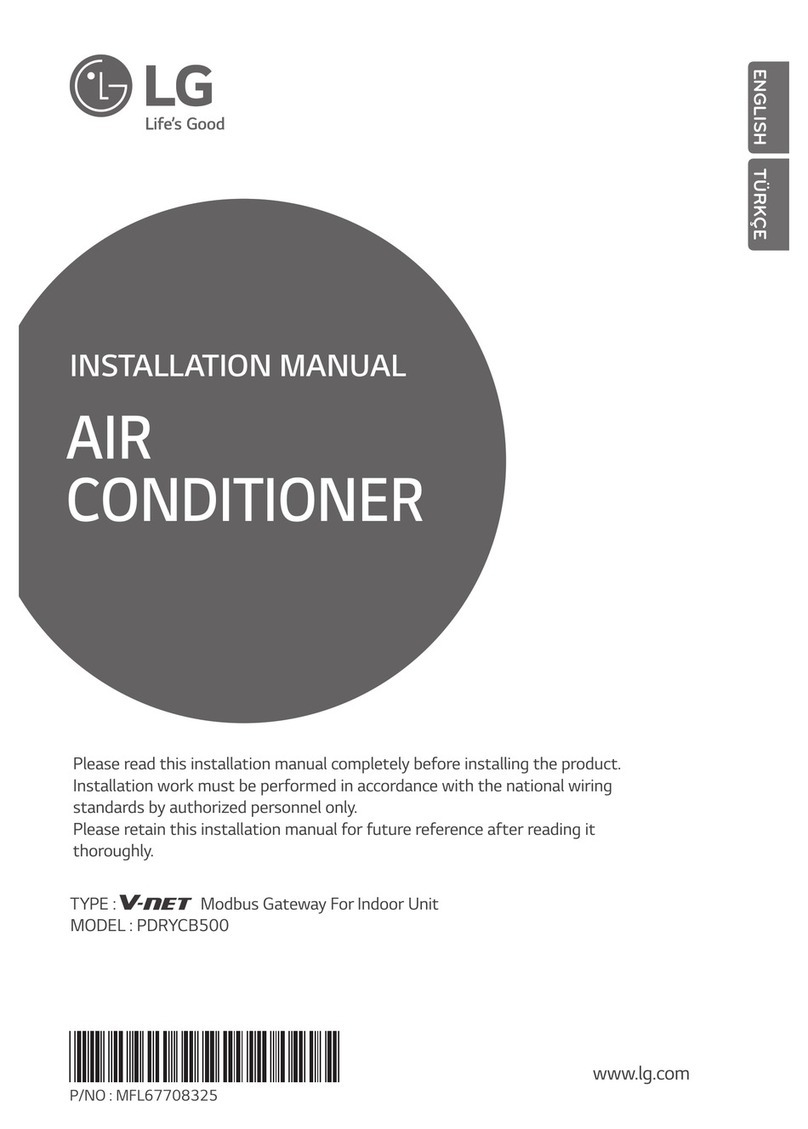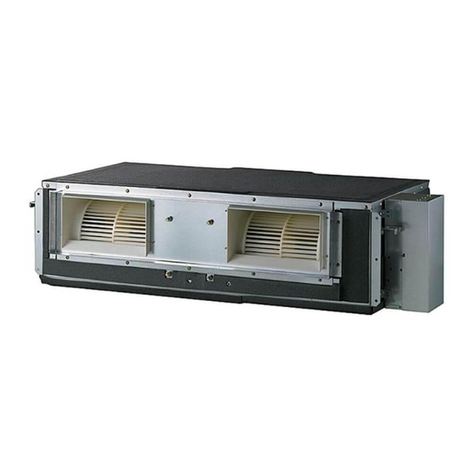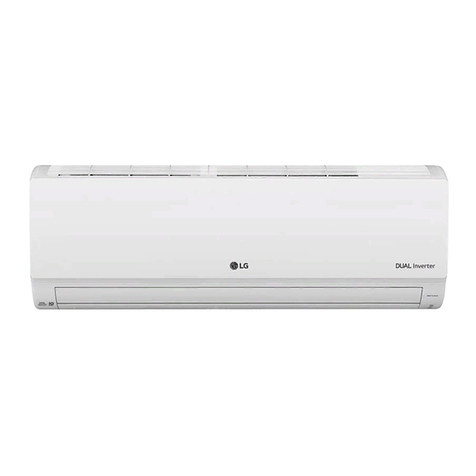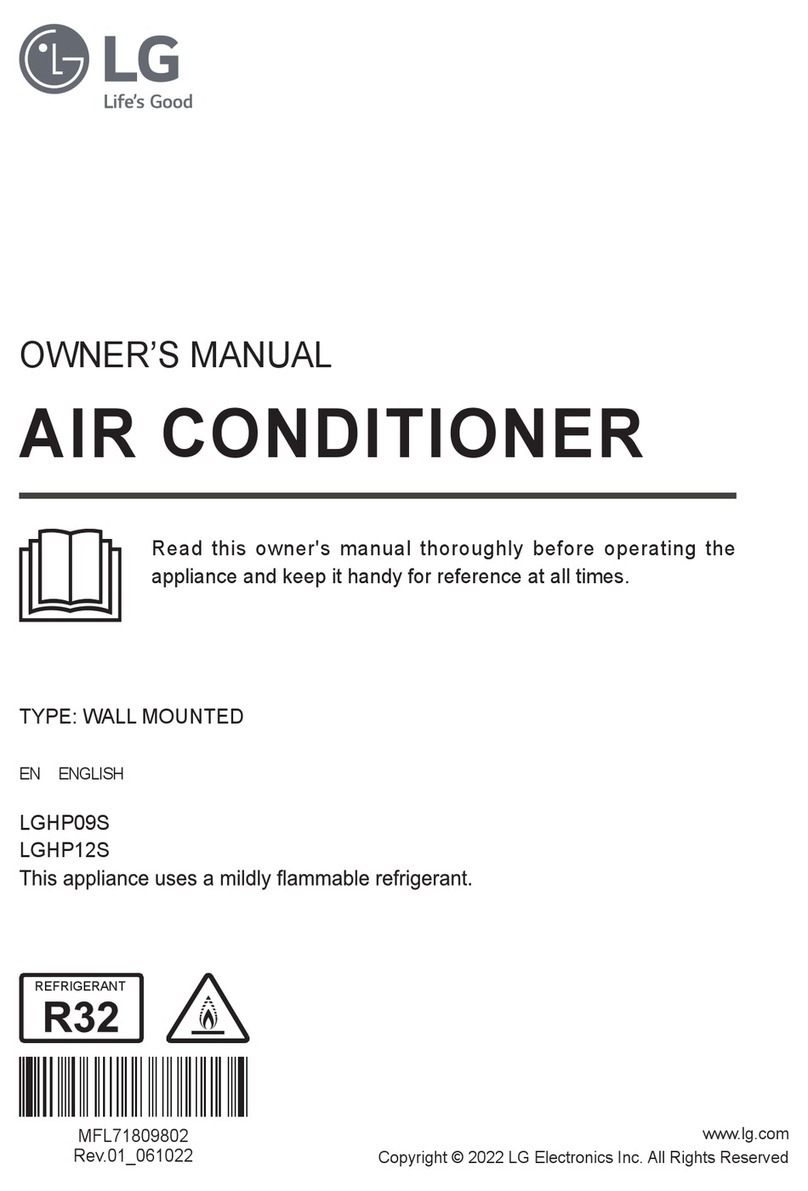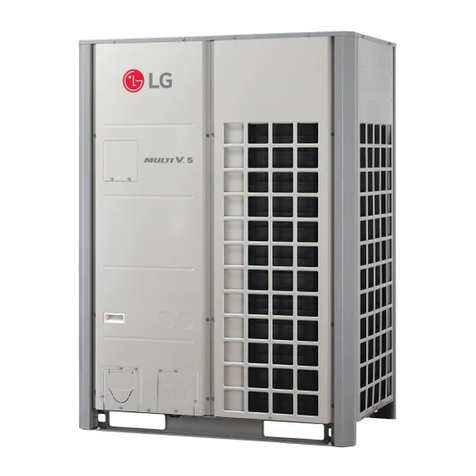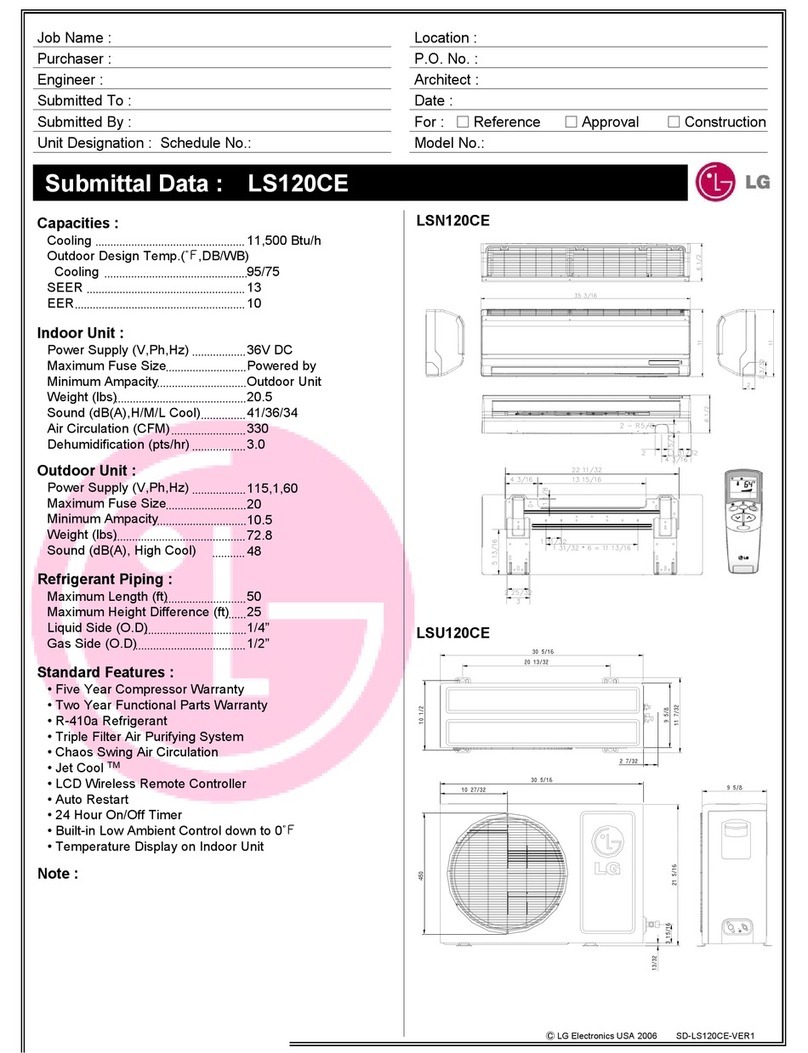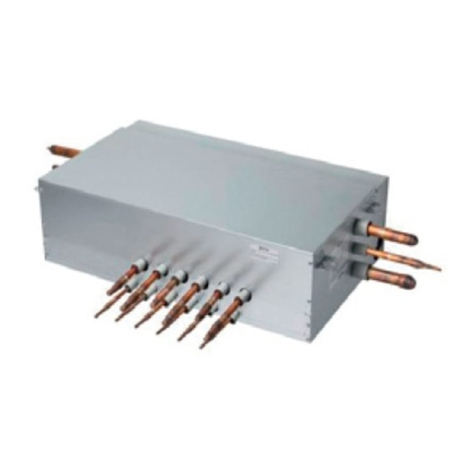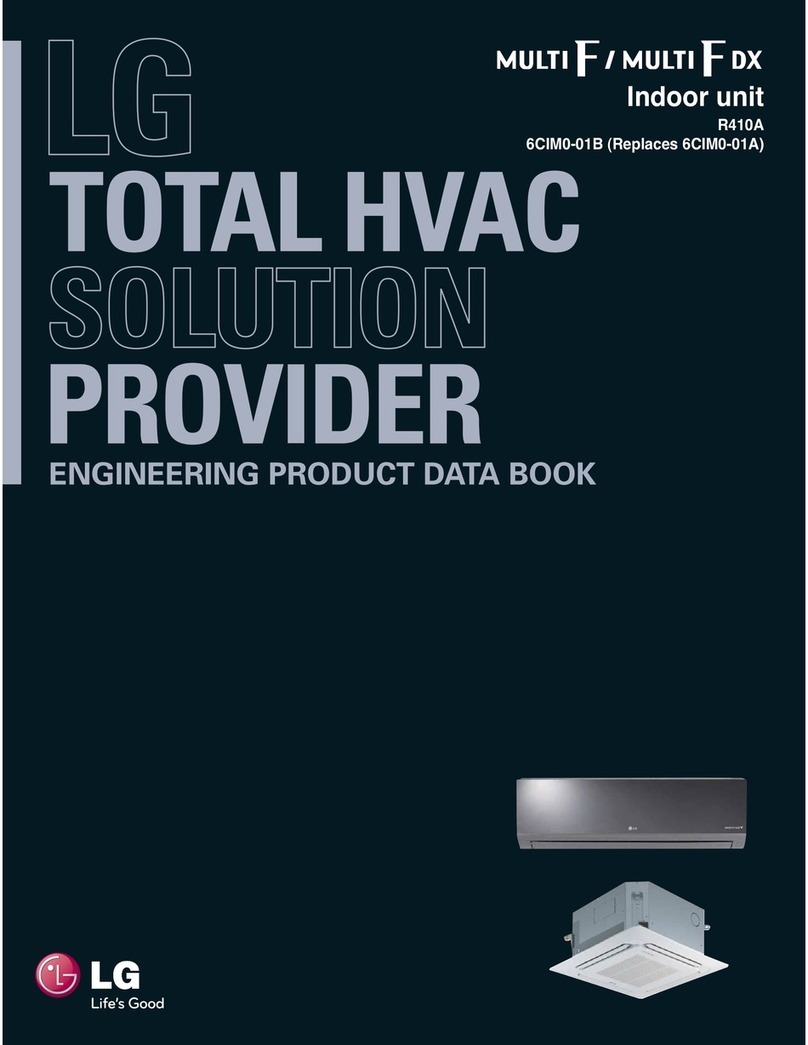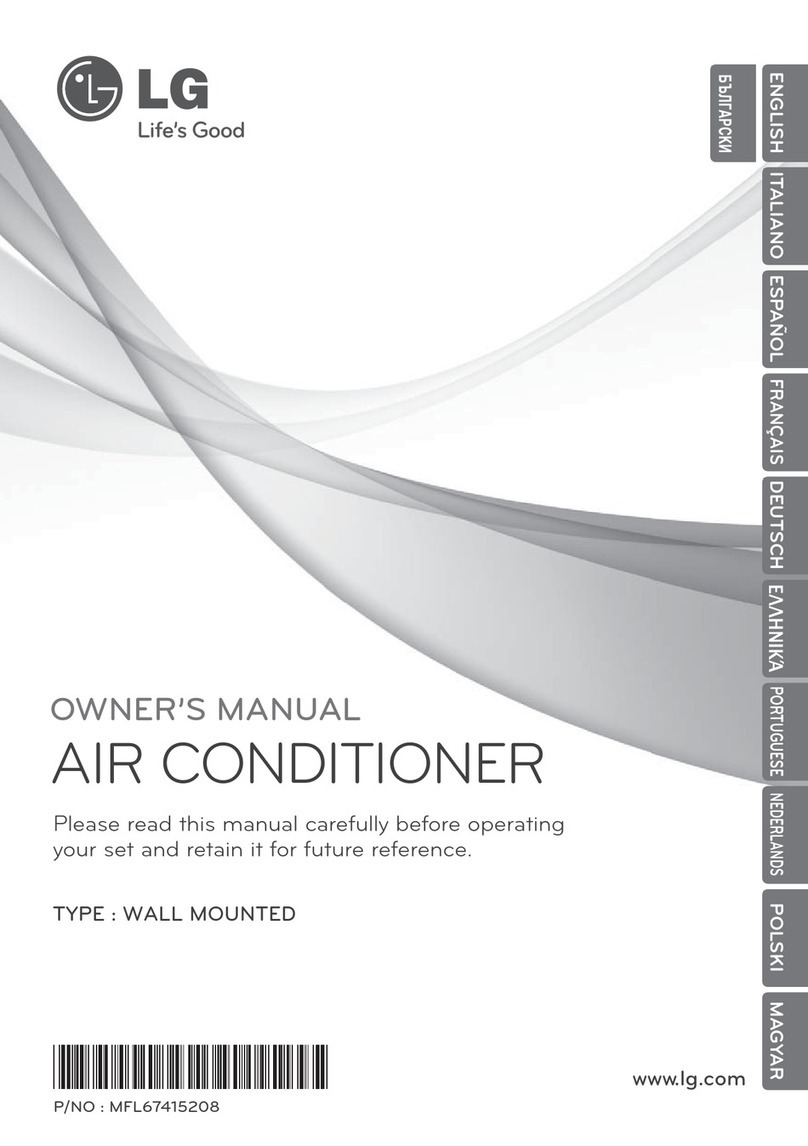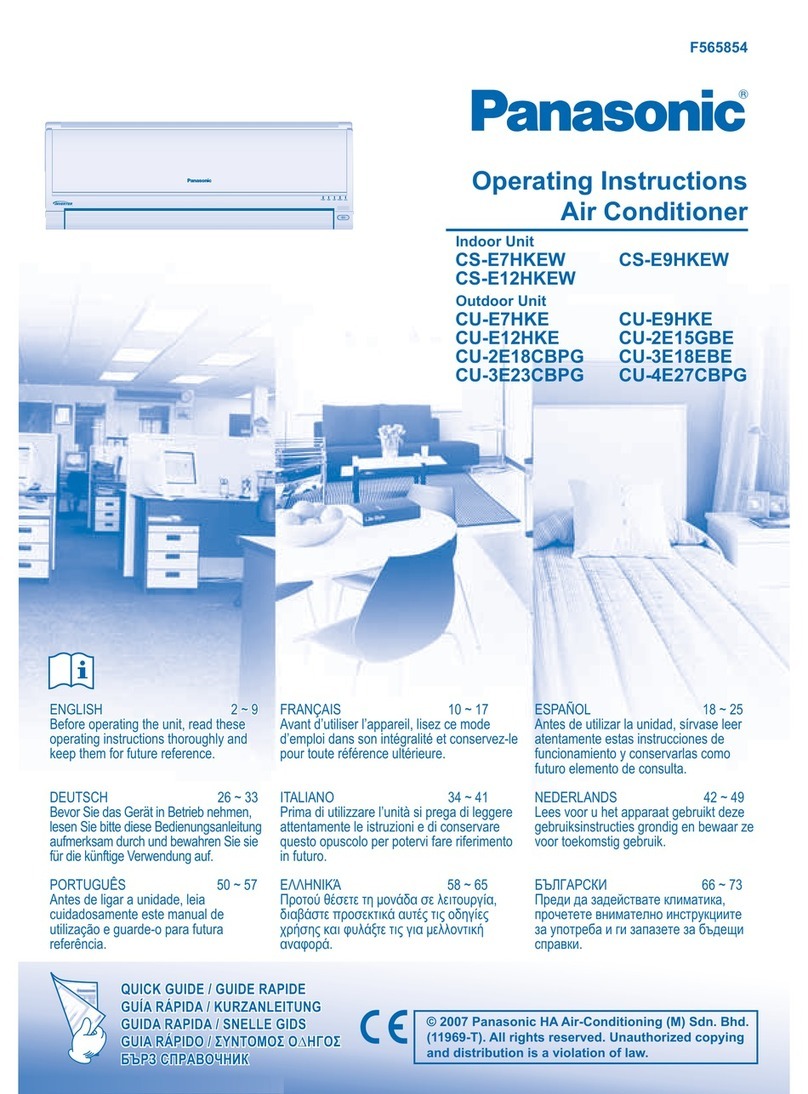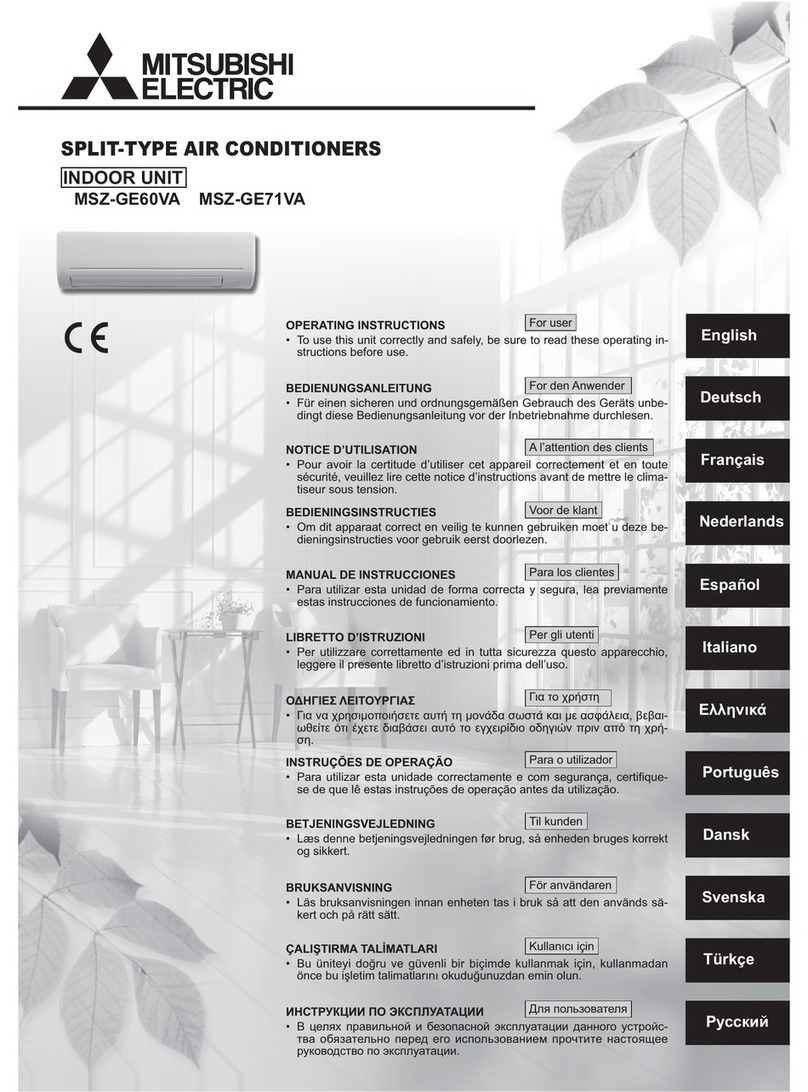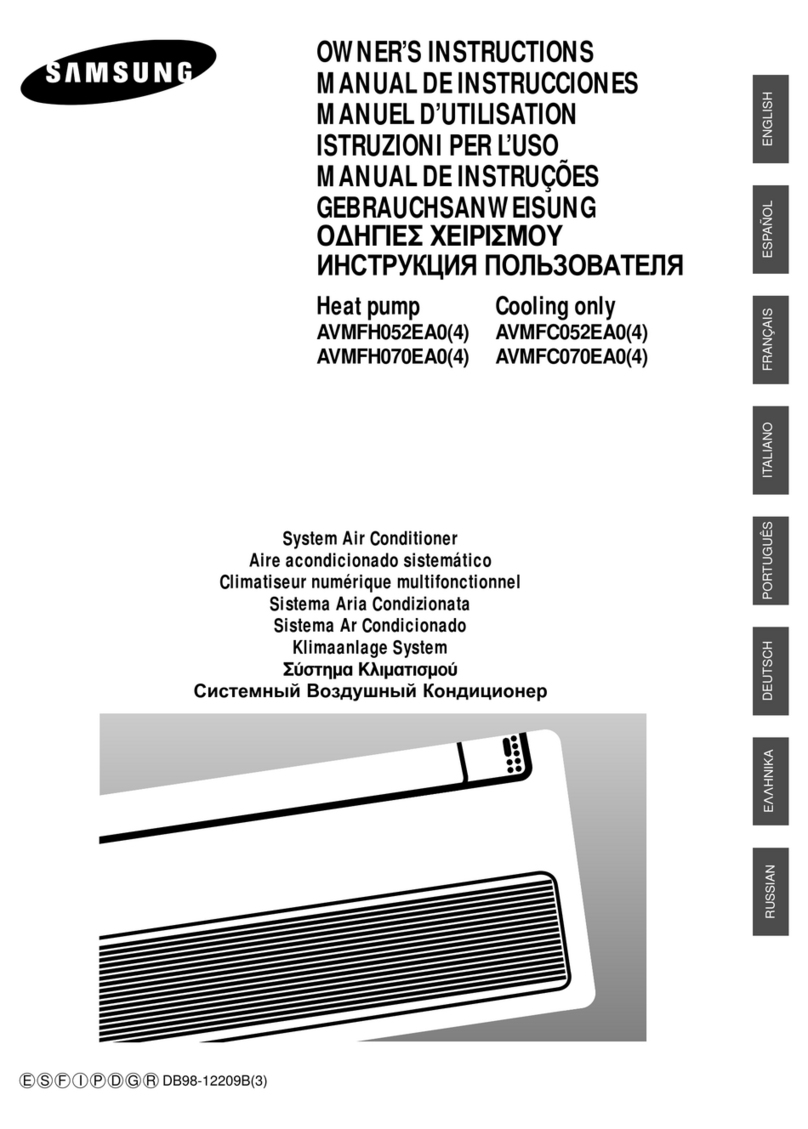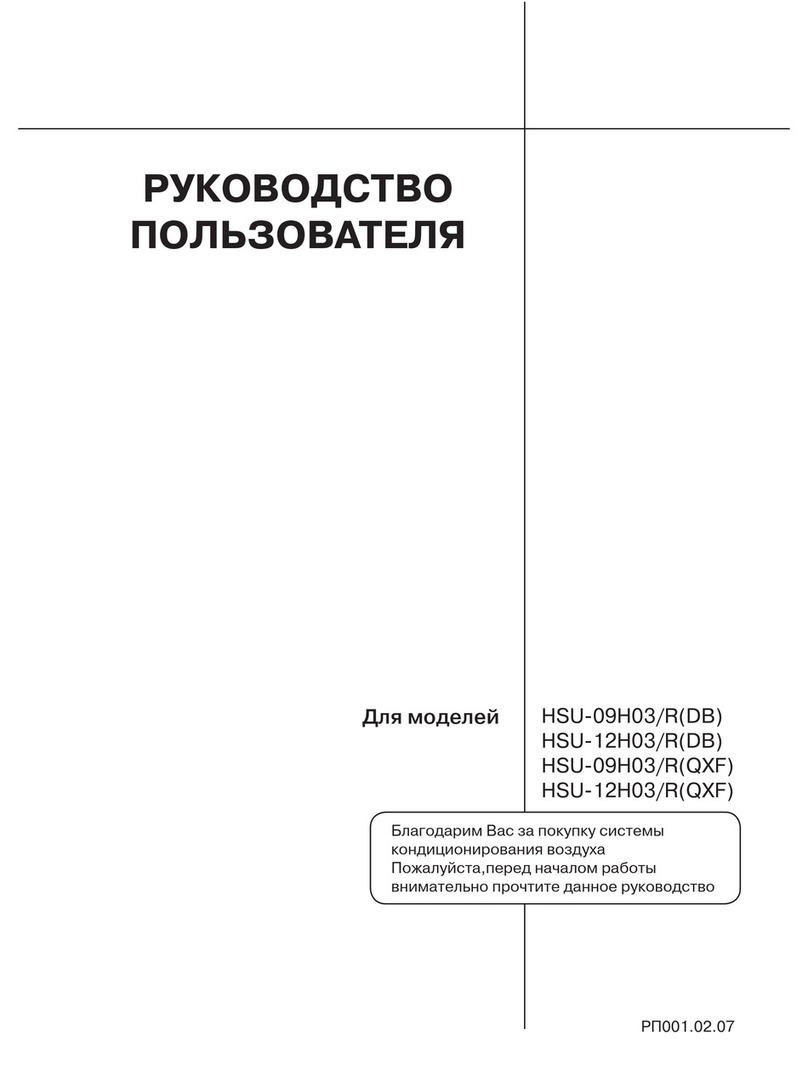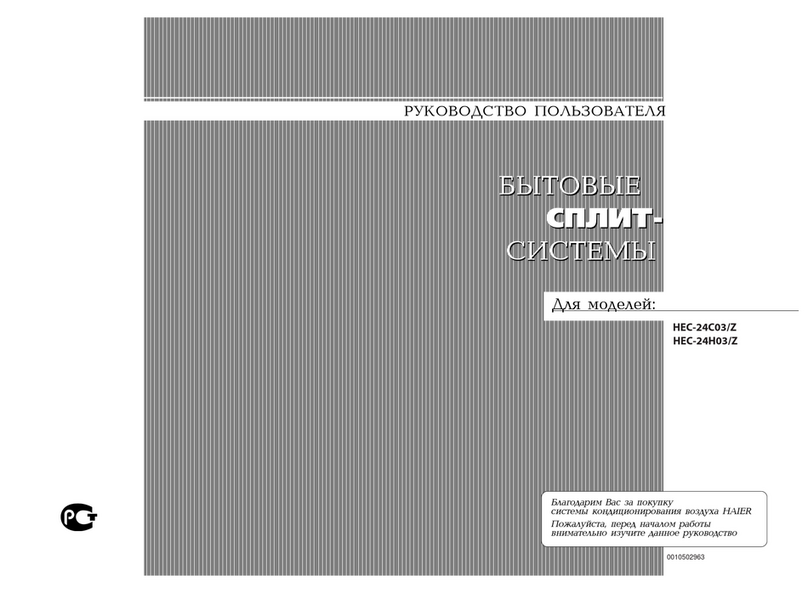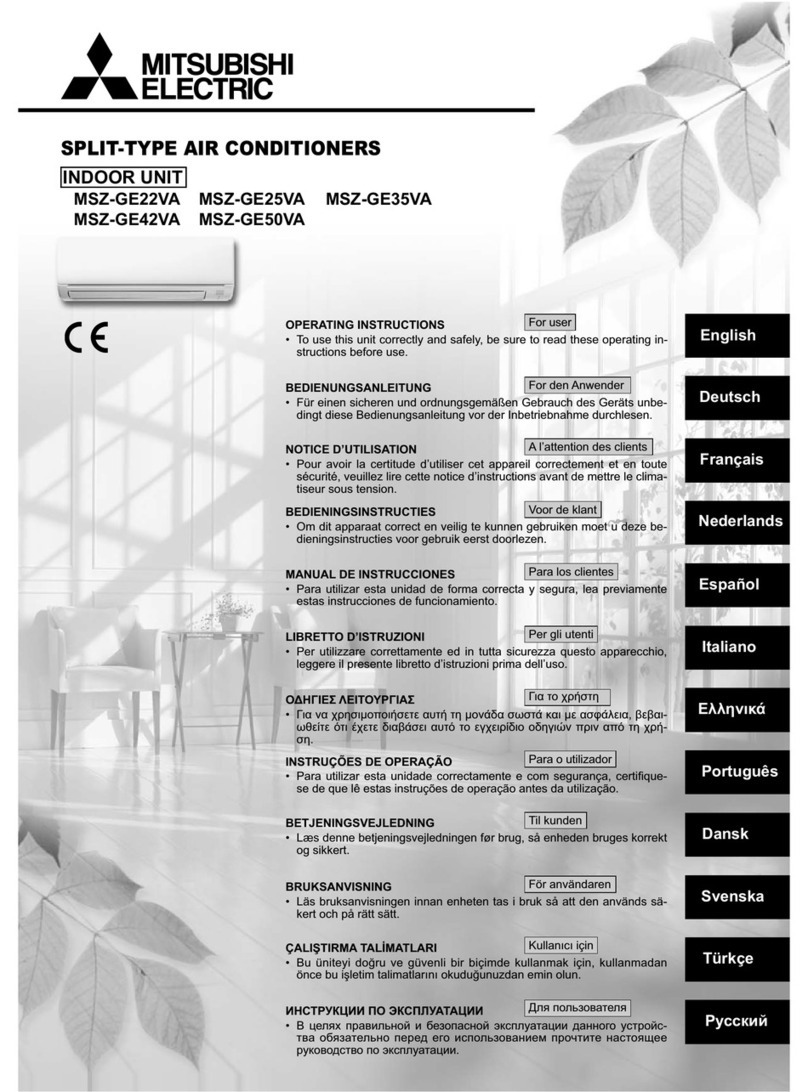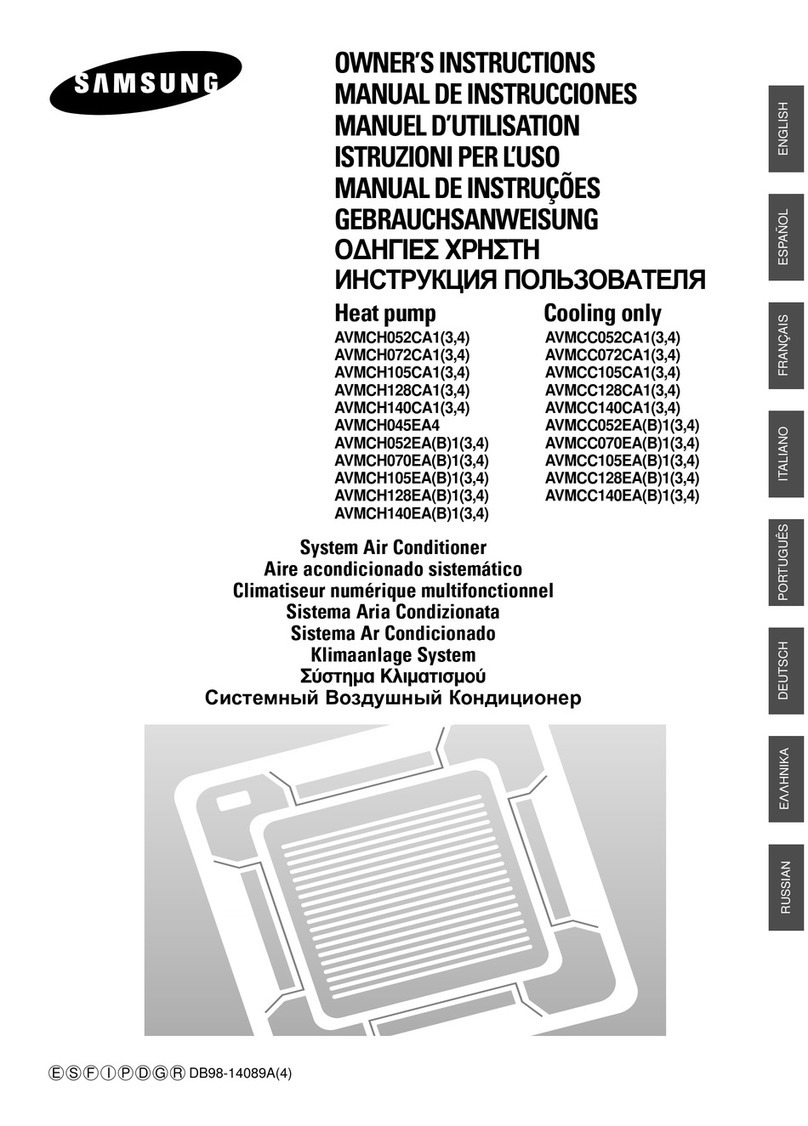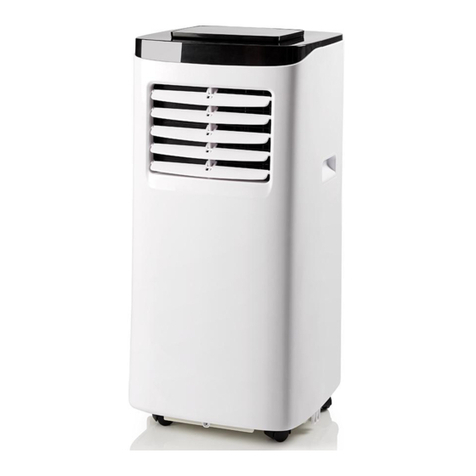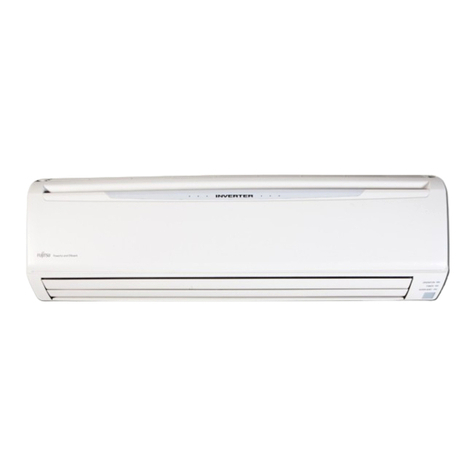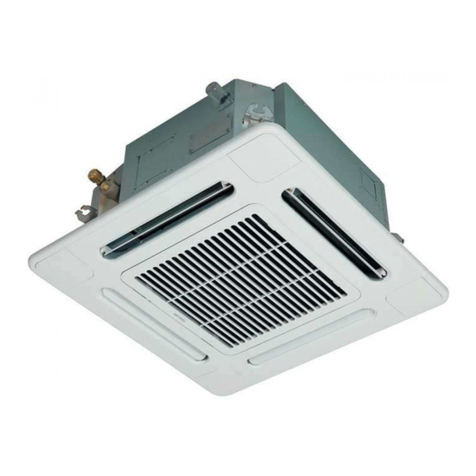
Operating Instructions
About the Controls on the air conditioner
The controls will look like the following.
Controls
THERMOSTAT (TEMPERATURE)
The THERMOSTAT/TEMPERATURE is used to
maintain the room temperature. The compressor
will cycle ON and OFF to keep the room at the same
level of comfort. When you turn the knob to a
higher number (the right side) and the indoor air
will become cooler.
The middle position of arc is a normal setting for
average conditions.
THERMOSTAT (TEMPERATURE)
The THERMOSTAT/TEMPERATURE is used to maintain
the room temperature. The compressor will cycle ON and
OFF to keep the room at the same level of comfort. The
temperature is selected by turning the THERMOSTAT/
TEMPERATURE knob to the desired position.
HEATER LAMP
At the heating operation, the lamp is lighted. When the
frost settles on the heat exchanger of the outside,
defrosting is made automatically and the lamp is
unlighted. After defrosting, the heating operation
begins again.
AUTO SWING
Auto swing switch controls the horizontal air direction by air swing system (not on all models).
ON Auto swing is operated. OFF Auto swing is not operated.( ) : ( ) :
OPERATION
HIGH COOL( ), MED COOL( ) and
LOW COOL ( ) provide cooling with different fan
speeds.
MED FAN ( ) or LOW FAN ( ) provides
air circulation and filtering without cooling. OFF ( O )
turns the air conditioner OFF.
NOTE:
If you move the switch from a cool setting to
OFF or to a fan setting, wait at least 3
minutes before switching back to a cool
setting.
Cooling Descriptions
For Normal Cooling- Select High Cool or Med Cool
with the OPERATION knob at the midpoint of
THERMOSTAT/TEMPERATURE knob.
For Maximum Cooling- Select High Cool with the
OPERATION knob at the highest number available on
your THERMOSTAT/TEMPERARURE knob.
For Quieter & Night time Cooling- Select Low Cool
with the OPERATION knob at the midpoint of
THERMOSTAT/TEMPERATURE knob.
OPERATION
HIGH COOL ( ), LOW COOL ( ) provide cooling with
different fan speeds. HIGH HEAT ( ) , LOW HEAT ( )
provide heating with different fan speeds. FAN ( )
provides air circulation and filtering without cooling or
heating. OFF ( O ) turns the air conditioner off.
NOTE:
If you move the switch from the cool (or the
heat) setting to OFF or to a fan setting, wait
at least 3 minutes before switching back to a
cool (or heat) setting.
Cooling Descriptions
For Normal Cooling- Select HIGH COOL with the OPERATION
knob at the midpoint of the THERMOSTAT/TEMPERATURE knob.
For Maximum Cooling- Select HIGH COOL with the OPERATION knob
at the clockwise available on the THERMOSTAT/TEMPERATURE knob.
For Quieter & Night time Cooling- Select LOW COOL with the
OPERATION knob at the midpoint of the THERMOSTAT/
TEMPERATURE knob.
Heating Descriptions
For Normal Heating- Select HIGH HEAT with the OPERATION
knob at the midpoint of the THERMOSTAT/TEMPERATURE knob.
For Maximum Heating- Select HIGH HEAT with the
OPERATION knob at the counterclockwise available on the
THERMOSTAT/TEMPERATURE knob.
For Quieter Heating- Select LOW HEAT with the OPERATION
knob at the midpoint of the THERMOSTAT/TEMPERATURE knob.
0
TEMPERATURE OPERATION
AUTO SWING
*Wait for 3 minutes before restart
-5-
*Wait Three Minutes
Before Restarting
